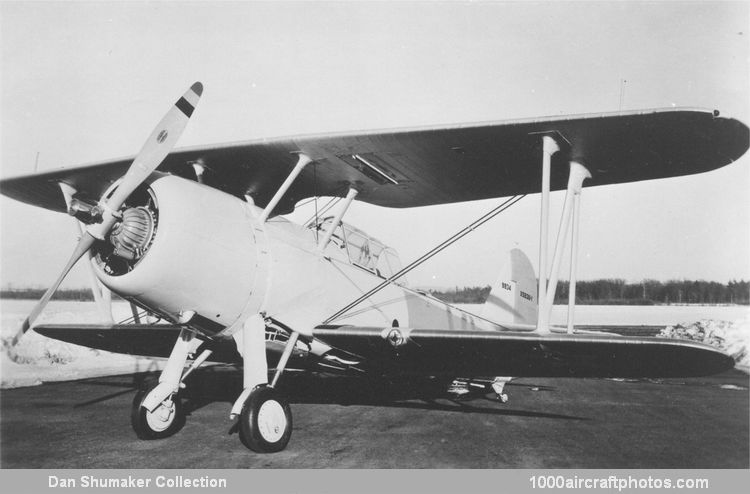It is noteworthy that the XSB2U-1 and XSB3U-1 two-seat dive-bomber prototypes were completed and delivered to NAS Anacostia, Washington, District of Columbia, in April 1936. Trials held between the two types, both equipped with a 750 hp Pratt & Whitney R-1535-82 fourteen-cylinder radial driving a two-bladed Hamilton Standard variable-pitch propeller, unquestionably confirmed the superiority of the monoplane's aerodynamics: though 500 lb (227 kg) heavier and dimensionally larger than the XSB3U-1, the monoplane XSB2U-1, equipped with an identical power plant, was nonetheless faster by 15 mph (24 kmh), had similar range, and could carry twice the bomb load, while exhibiting the same 66 mph (106 kmh) stall speed. The sole XSB3U-1 prototype was thereafter used at NAS Anacostia for test purposes and at Langley for NACA's investigation of tail loads until 1938."
